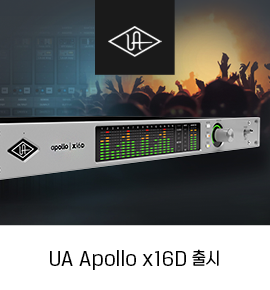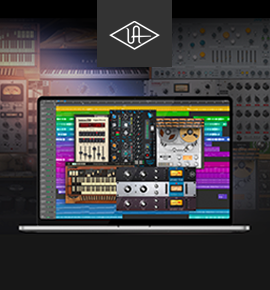The Insider Secrets of Layar Edukasi Multimedia Interaktif Discovered
페이지 정보
작성자
Blythe Waggoner
작성일
본문
As technology continues to advance, it has inevitably made its way into classrooms, transforming traditional teaching methods. One of the latest innovations in education is the introduction of smart class rooms with interactive flat panel technology. This technology not only enhances the learning experience but also increases student engagement and participation. In this article, we will explore the concept of smart class rooms and discuss the effectiveness of interactive flat panel technology in improving student learning outcomes.
Smart Class Room: A Paradigm Shift in Education
 Gone are the days of traditional blackboards and textbooks. Smart class room technology has revolutionized the way students and teachers interact in the learning environment. A smart class room is equipped with state-of-the-art technology, including interactive flat panels, projectors, computers, and internet connectivity. The interactive flat panel is the centerpiece of this technology, replacing traditional whiteboards with a touch-sensitive screen that allows teachers and students to interact with educational content in a dynamic and intuitive way.
Gone are the days of traditional blackboards and textbooks. Smart class room technology has revolutionized the way students and teachers interact in the learning environment. A smart class room is equipped with state-of-the-art technology, including interactive flat panels, projectors, computers, and internet connectivity. The interactive flat panel is the centerpiece of this technology, replacing traditional whiteboards with a touch-sensitive screen that allows teachers and students to interact with educational content in a dynamic and intuitive way.Enhancing Student Learning through Interactive Flat Panel Technology
1. Visual Appeal and Interactive Learning
The interactive flat panel technology creates an immersive and visually appealing learning experience for students. The high-definition display and vibrant colors capture students' attention and make the content more engaging. Additionally, the touch-sensitive feature allows students to actively participate in the learning process by manipulating digital resources, such as images, videos, and interactive simulations.
2. Collaborative Learning Opportunities
The interactive flat panel technology encourages collaboration among students. With the ability to connect multiple devices wirelessly, students can work together on projects, share ideas, and present their work to the class. This collaborative learning approach fosters teamwork, communication, and critical thinking skills, which are essential for success in the 21st century.
3. Customized Learning Experience
The flexibility of interactive flat panels enables teachers to personalize the learning experience for each student. With access to a wide range of digital resources, teachers can adapt their lessons to meet the individual needs and learning styles of their students. For example, visual learners can benefit from interactive diagrams and visual aids, while auditory learners can access audio recordings or podcasts.
4. Interactive Assessments
Interactive flat panels offer innovative assessment tools that go beyond traditional paper-based tests. Teachers can create interactive quizzes, surveys, and polls to assess student understanding in real-time. This immediate feedback allows teachers to identify areas of weakness and adjust their teaching strategies accordingly. Moreover, interactive assessments promote active learning and help students develop critical thinking and problem-solving skills.
5. Remote Learning Opportunities
In light of the recent COVID-19 pandemic, remote learning has become a necessity for educational institutions worldwide. Interactive flat panels facilitate remote learning by providing teachers with the ability to conduct virtual classes, share digital resources, and interact with students in real-time. This technology ensures uninterrupted education and promotes continuity in student learning, regardless of physical barriers.
Effectiveness of Interactive Flat Panel Technology on Student Learning
Numerous studies have shown the positive impact of interactive flat panel technology on student learning outcomes. A study conducted by the University of Wisconsin-Madison found that interactive flat panels improved student engagement and motivation, resulting in higher academic achievement. Another study by the National Education Association (NEA) reported that interactive technology increased student participation and collaboration, leading to enhanced critical thinking and problem-solving abilities.
Furthermore, research conducted by the American Educational Research Association (AERA) demonstrated that interactive flat panels enhance knowledge retention and recall. The interactive nature of the technology promotes active learning, which has been proven to be more effective in the long-term retention of information compared to passive learning methods.
Conclusion
Smart class rooms equipped with interactive flat panel technology have revolutionized the way education is delivered. The visual appeal, collaborative learning opportunities, customized learning experience, interactive assessments, and remote learning capabilities provided by interactive flat panels have greatly enhanced student learning outcomes. As technology continues to evolve, it is crucial for educational institutions to embrace these advancements and create an environment that fosters creativity, critical thinking, and innovation among students. Smart class rooms are indeed the way forward in transforming education and preparing students for the challenges of the future.
Here's more on Collaborative Smart Board review the web page.
관련자료
-
이전
-
다음
등록된 댓글이 없습니다.




